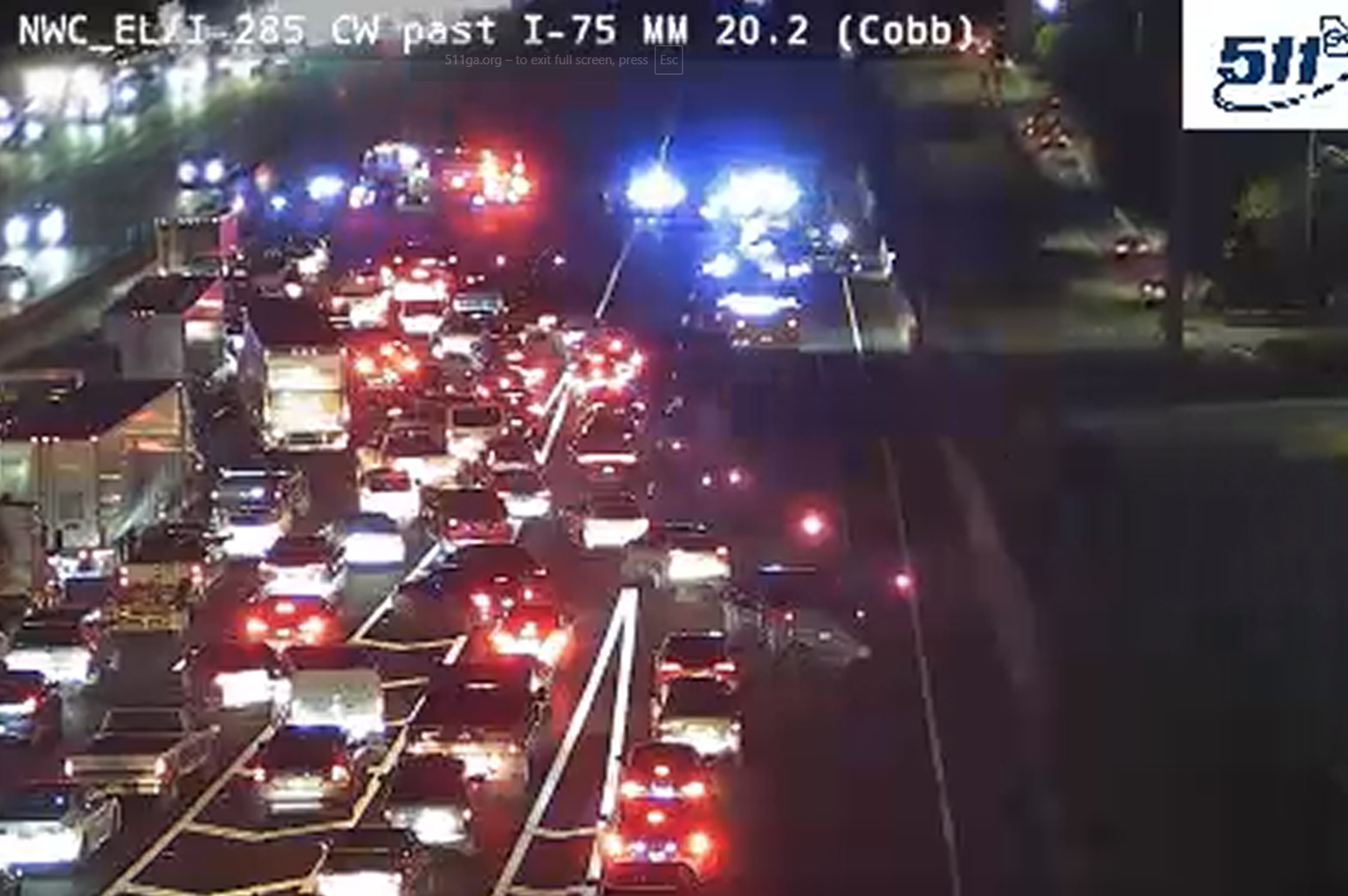City gets tough on its eyesores
For years, the three low-slung apartment buildings near Ricci De Forest’s hair salon were incubators for drugs and violence.
Customers coming to De Forest’s business, within sight of the King Center, kept a careful eye on their cars as crack addicts roamed the streets in search of easy pickings. The nearby apartments served as an open air market for drugs, clearly visible to the thousands of motorists driving onto the Downtown Connector.
“It was like it was legal. They were outside selling in plain view,” said De Forest, who operates Madam C.J. Walker’s Beauty Shoppe/Museum. “It was getting bad. The latest two shootings made it tough. My clients knew how close I was.”
The prevalent crime wasn’t lost on police, who made 1,572 calls to the three Fort Street apartments over four years. Late last year, the city stepped-up their legal tactics, actions that led to Georgia State University purchasing the property. While still dilapidated and unsecured, the buildings await a bulldozer that will turn the property into recreation and intramural fields for the university.
That property’s pending transformation is one success story in the city’s long-running, often quixotic battle to get control of vacant, dilapidated and crime-ridden buildings. Neighbors of the rotting structures say they metastasize, breeding crime and instilling a sense of civic defeatism. The recession-fueled epidemic of foreclosures and abandonments has made things only worse.
The problem is nothing new. In the 1990s, Atlanta tore down some 2,700 structures to help spruce up the city with the Olympics coming.
As part of the latest effort, Atlanta this month put the civilian codes enforcement department under police direction. Abandoned properties feed crime, so, police say, it is only fitting the department has a hand in managing it. Also, the city is increasing its efforts to track down owners of problem properties and take court action to get those structures secured or torn down.
Atlanta police Lt. C.J. Davis, who now heads codes enforcement, said inspectors will work with the new COPS (Community Oriented Policing Section) unit.
Davis said the codes enforcement department needed “more in-house support,” and police needed to be trained to help focus on quality of life issues. “They were two different departments,” she said, “with two different kinds of calls and two different goals.”
She said the codes enforcement unit operates like police.
“It’s not just going to be ‘We’ll get to it when we get to it.’ There’s roll call. There’s expectations. There will be a service and response to the community. You will answer that call.”
Bringing police into the process means that codes enforcement will have more teeth, said Councilman Kwanza Hall, whose district includes the Fort Street apartments.
“Once you have police showing up to say ‘fix that or go to jail,’ you’re going to get things done,” Hall said.
Also, the city, in conjunction with the city solicitor’s office, has stepped up administrative and judicial efforts to condemn problematic properties.
In 2010, 22 structures, including an apartment complex, were torn down after demolition orders were issued. Last year, 46 structures, including a large, crime-ridden eyesore called the Wishing Well Apartments, were torn down by city contractors.
At the start of this year, 119 demolition orders had been approved. Another 140 cases are pending. Finding the often-absentee owner is not always necessary. The city can go after the property if the owner cannot be found, Davis said.
The city can seek to tear down a property if it has significant codes violations, meaning that repairs would cost more than half the value of the structure. Or it can, as it did on Fort Street, push for the buildings to be shut down and demolished because of incessant crime.
Fort Street has been a haven for crime for years, said Duriya Farooqui, the city’s chief operating officer. “We made it very clear the city is not going to tolerate this.”
“There were shootings, prostitution, drugs, suspicious persons [calls], aggravated assaults, robberies,” said Erika Smith, an assistant city solicitor who was helping prepare a case against the property. There were even a couple dozen arrests for stealing electricity, she said. “It was like a Third World country in the midst of the neighborhood.”
Part of the difficulty of demolishing nuisance structures is that Georgia has strong property rights laws and owners can be difficult to find, often living out of state, said Farooqui. “We’re taking a much more investigative approach” to identifying and citing owners, she said.
To get communities involved — and knowledgeable about the program — leaders of the Atlanta’s 25 Neighborhood Planning Units were each asked to bring forward the five worst properties in their areas.
The city then sent inspectors and police out to document infractions.
“We wanted to scratch their itch,” said Davis. “What properties are bugging you worst?”
The job ahead is enormous. City officials say they don’t know the number of abandoned houses in Atlanta. It’s a “fluid number,” one said, well into the thousands.
A drive through neighborhoods like Vine City, which is just west of downtown, finds house after house falling in on itself. Sometimes it appears no one lives on an entire block.
“In some places no one’s complaining because no one lives there,” said Farooqui.
Linda Adams, public safety head of the Vine City Civic Association, has been complaining. But she agrees with Farooqui to an extent: “You go through certain areas and it looks like Katrina went through,” she said.
Adams is pleased that codes enforcement has been restructured and has a new mandate. She said Davis and others have been answering her calls.
Now she wants to see action.
“The city has placarded these places, but the homeless just ignore them,” she said.
She pointed out that Spencer Street, which is across the street from Bethune Elementary School and in the shadow of the Georgia Dome, has several vacant homes, some of them falling down. One home has vagrants living there who steal metal. Others are magnets for drug use and prostitution, she said.
“Those houses are a hazard; they are right across from the school,” she said.
A drive out to the Spencer Street structures with two city codes inspectors Wednesday morning found a car parked in the driveway of a vacant house.
Troy Smith, a supervisor in the department, sensed something was up, so he yelled toward the dilapidated Craftsman bungalow.
A man in a white dress shirt slunk out of a ground level doorway and quickly walked to his car and drove away.
A couple minutes later, a woman in a blond wig was summoned out, pulling up her jeans as she emerged.
The codes inspectors scolded her for being in a property that had clearly been marked condemned.
Across the street, in the school parking lot, students were in the middle of recess.


